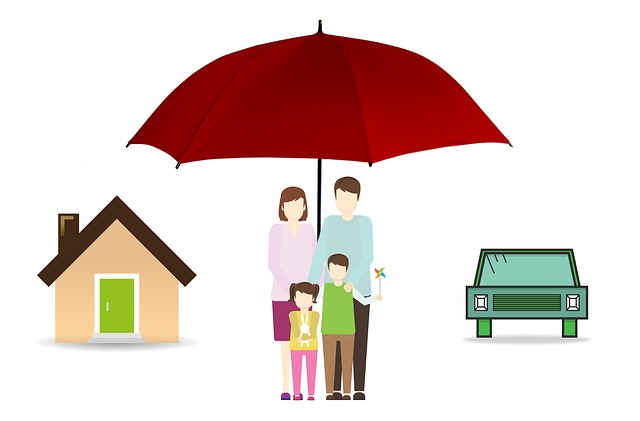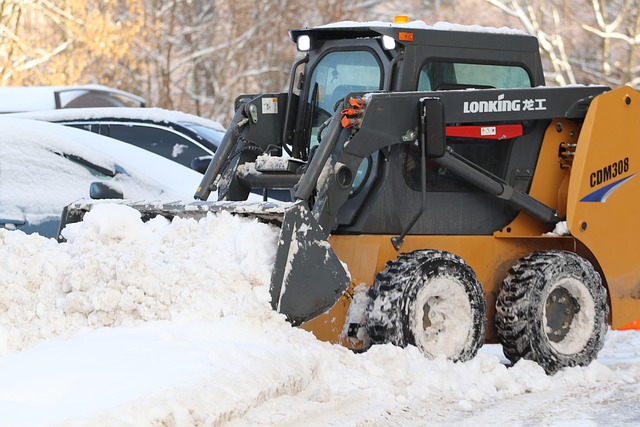Home Pest Control Guide, Protecting Healthy Living
Maintaining a pest-free home is essential for protecting your family's health and preserving your property's value. Effective pest control combines understanding common household invaders with implementing strategic prevention and treatment methods. Whether you're dealing with current infestations or working to prevent future problems, this comprehensive guide will help you create a safer, healthier living environment through proven pest management strategies.

Common Pest Types and Their Damage
Understanding the most frequent household invaders is crucial for effective pest management. Ants can contaminate food sources and some species, like carpenter ants, damage wooden structures by creating extensive tunnel networks. Cockroaches pose significant health risks by spreading bacteria, triggering allergies, and contaminating surfaces with pathogens that cause foodborne illnesses.
Rodents like mice and rats create substantial property damage by gnawing through electrical wires, insulation, and structural materials. They also carry diseases and contaminate food storage areas with droppings and urine. Termites cause billions of dollars in property damage annually, silently destroying wooden structures from the inside out.
Flying insects including mosquitoes, flies, and wasps create both nuisance and health concerns. Mosquitoes transmit diseases like West Nile virus and Zika, while flies spread bacteria from waste to food preparation areas. Wasps and hornets pose stinging risks, particularly dangerous for individuals with allergies.
The Core Area of Home Pest Control
Successful pest management focuses on three fundamental principles: prevention, monitoring, and targeted treatment. Prevention involves eliminating conditions that attract pests, including food sources, water access, and shelter opportunities. This means sealing entry points, maintaining cleanliness, and addressing moisture issues that create favorable environments for pest populations.
Regular monitoring helps detect pest activity before infestations become severe. This includes checking for signs like droppings, damage, unusual odors, or actual pest sightings. Early detection allows for more effective treatment with minimal disruption to your household routine.
The integrated pest management approach combines multiple strategies rather than relying on single solutions. This holistic method considers environmental factors, pest biology, and long-term prevention while minimizing risks to human health and the environment.
Physical Pest Control Methods
Non-toxic physical barriers and mechanical controls offer safe, effective pest management without chemical exposure risks. Sealing cracks, gaps, and entry points with caulk, steel wool, or weather stripping prevents pest access while improving energy efficiency.
Traps provide targeted control for specific pest types. Snap traps effectively control rodent populations, while sticky traps monitor crawling insects and help identify problem areas. Live traps offer humane options for larger pests like squirrels or raccoons.
Physical modifications include installing door sweeps, repairing screens, and maintaining proper ventilation to reduce moisture accumulation. Removing debris, trimming vegetation away from structures, and eliminating clutter reduces hiding places and breeding sites for various pest species.
Chemical Pest Control Methods
When chemical treatments become necessary, safe application practices protect family health while effectively managing pest problems. Choose EPA-registered products specifically labeled for your target pest and application area. Always read and follow label instructions carefully, paying attention to safety precautions and application rates.
Bait stations provide safer chemical control by containing active ingredients while allowing pests to consume lethal doses and return to nests, affecting entire colonies. This approach minimizes human and pet exposure while maximizing treatment effectiveness.
Professional-grade treatments may be necessary for severe infestations or dangerous pests like wasps or aggressive ant species. Licensed pest control technicians have access to specialized products and application equipment that ensures safe, effective treatment while complying with local regulations.
Natural Pest Control Solutions
Environmentally friendly pest control options provide effective management while minimizing ecological impact. Essential oils like peppermint, tea tree, and citrus oils repel many common household pests when applied to entry points and problem areas.
Diatomaceous earth offers natural control for crawling insects by damaging their exoskeletons, causing dehydration. Food-grade diatomaceous earth is safe for households with children and pets when applied according to instructions.
Beneficial insects and biological controls work with nature’s pest management systems. Encouraging natural predators like spiders, ladybugs, and birds helps maintain ecological balance while reducing pest populations. Installing bird houses and maintaining diverse landscaping supports these natural pest control allies.
Maintaining proper sanitation, eliminating standing water, and using natural repellents like coffee grounds or cinnamon creates inhospitable environments for pests without introducing synthetic chemicals into your living space.
Conclusion
Effective home pest control requires a comprehensive approach combining prevention, monitoring, and appropriate treatment methods. By understanding common pest types and their potential damage, you can implement targeted strategies that protect your family’s health and preserve your property. Whether choosing physical barriers, safe chemical applications, or natural solutions, consistency and proper implementation ensure long-term success in maintaining a pest-free home environment.




